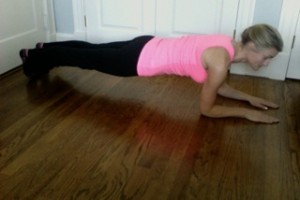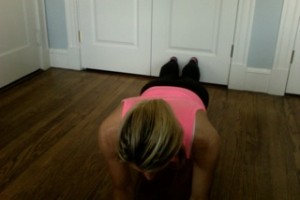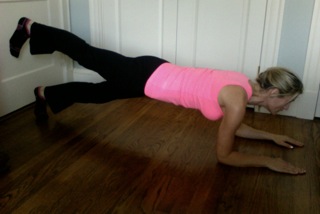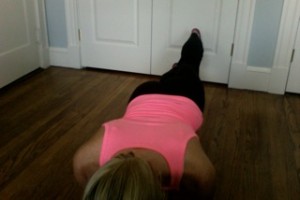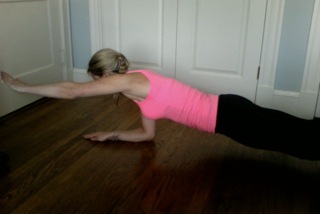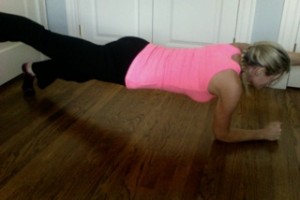May is mental health awareness and suicide prevention month; many people start to feel desperate with their depression symptoms around the first couple weeks of spring. Mostly because people think once the “winter blues” are over, and spring has sprung, they will start to feel better miraculously. When that doesn’t happen, the true feelings of depression can sink in: helplessness and thoughts of harming themselves (i.e. suicide) can become overwhelming. It can be hard to see the signs in people who are really close to you, but it is important to know the signs and see them in others, as over 1 million people attempt suicide annually.
 What are some signs of Depression/Suicide?
What are some signs of Depression/Suicide?
-Clinical Depression is usually emphasized by a loss of interest in life, sadness, disinterest in previously enjoyed hobbies, difficulty concentrating, trouble with eating and sleeping.
-Thinking about death a lot (verbalizing, drawing, or referring to death a lot)
-Feelings of hopelessness or worthlessness
-Making changes to wills, plans, or making statements about not being around much longer
-A sudden switch from someone being really deeply depressed and sad to very happy
-Calling people to say goodbye
-Previous suicide attempts (50% of those with prior attempts will try again and be successful)
Risk Factors:
-Previous suicide attempts
-Family violence
-Physical or sexual abuse history
-Firearms in the home
-Chronic illness or pain
-Mental illness history
-Substance abuse problem
What do you do if you think someone is at risk?
-Listen to them, and reassure them that you care about them, you are listening, and you care. If they say that they want to kill themselves, it is an emergency, call 911 (or emergency services where you live), do not leave them alone, and remove any firearms, knives, other weapons, or drugs and alcohol.
-If they are not actively threatening but you feel they are at risk, have them call a Suicide Hotline 1-800-SUICIDE (1-800-784-2433) or 1-800-273-TALK (1-800-273-8255). And, assist them with finding a mental health professional and you can always start with your Healthcare Practitioner (HCP) to help with a referral.
Many times we missed the subtle signs and symptoms, especially when we are close to the victim. It has happened to me in my very own family, and right after it happened all you think about is “how did I miss the signs?? I spent so much time with them?” It’s important to remember that we all have comfort levels with people, and sometimes you are too close, it almost takes an outsider to see the situation for what it is; you are so used to the persons behaviors or traits, that it is not abnormal to you. And you might just think they are finally out of their funk when they become happy again; but really they have made a plan. It is important to not blame yourself, if someone you love takes his or her own life. It is not your fault, and the symptoms are very hard to see. What’s important is learning and seeing the symptoms in others and helping them.
Knowing when you see the symptoms, and what to do is important. So pay attention to the signs, and how you can help.
Yours in Good Health
B

